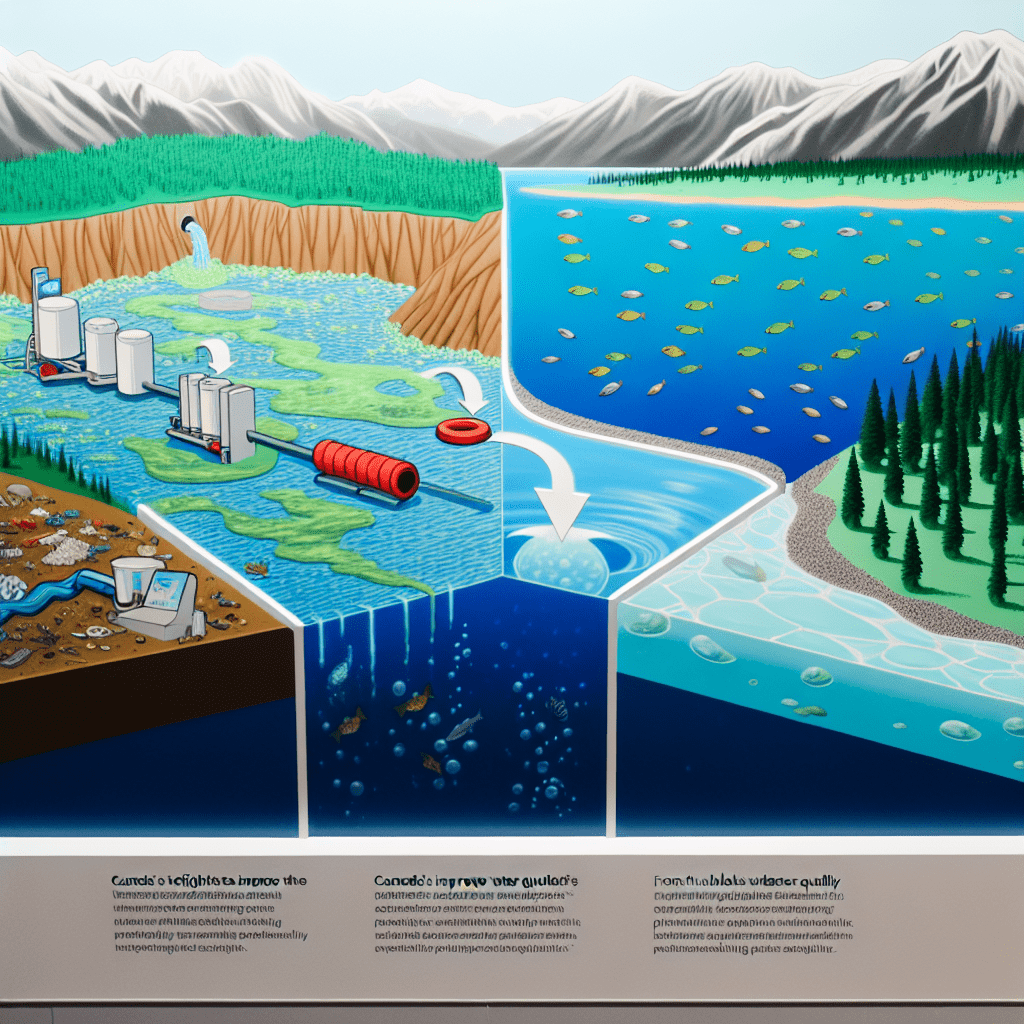”
Despite being home to myriad lakes and rivers, Canada contends with significant water quality issues. This article explores these challenges, their origins, and suggests prospective strategies to ensure cleaner, safer water across the nation.
The crux of Canada’s water quality issues stems from industrial pollutants, agricultural runoff, inadequate water treatment infrastructure, and the escalating impacts of climate change.
Predominant pollutants in Canadian waters include heavy metals, harmful industrial byproducts, untreated sewage, and surplus nutrients fostering damaging algal blooms. These contaminants pose serious health hazards, disrupt diverse aquatic ecosystems, and overburden the national water treatment facilities.
While Canada’s Federal Water Policy and Clean Water Act forms the skeleton of the country’s water management, persistent problems underscore the necessity for additional, comprehensive, and sustainable approaches.
Addressing water quality concerns in Canada demands formidable controls on industrial and agricultural pollutants, significant upliftment in wastewater treatment infrastructure, promotion of sustainable farming practices, and the adoption of climate-resilient water management strategies.
Moreover, the importance of public participation and educational initiatives cannot be overstated. National campaigns aimed at promoting water conservation, curbing pollution, and highlighting the significance of clean water are instrumental in fostering necessary societal paradigm shifts.
In conclusion, while the path towards superior water quality in Canada seemingly presents obstacles, it is undoubtedly achievable. By solidifying policy implementation, harnessing technological advancement, and cultivating robust public involvement, Canada can transition from its troubled waters to sparkling, healthy reservoirs.
By FountainGO!

